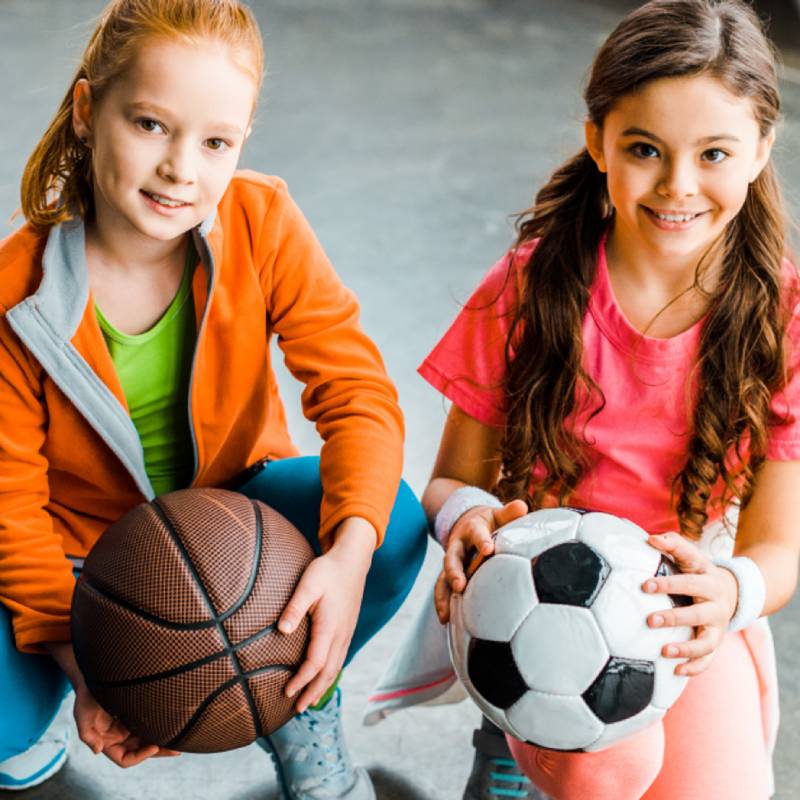How can you introduce your school’s pupils to the range of sporting and cultural activities on offer?

To help your school’s students develop and flourish, it’s essential to introduce them to the range of sporting and cultural activities available. The key to success is to make activities attractive and accessible to as many students as possible. Extracurricular activities have many benefits. Indeed, participation in sports and cultural activities can help students build self-confidence, acquire new skills and develop a sense of community and belonging. In short, they offer students the chance to explore new interests and express themselves creatively, which can be invaluable to their personal development.
Create a list of activities
Creating a comprehensive activity list is an important step in introducing students to a range of sporting and cultural activities. This list should include information on the different types of activities, times and locations, as well as any additional information students need to know. It’s important to make this information easily accessible to all students, whether on the school website, in a printed brochure, or both. When drawing up the list of activities, it’s important to take into account the different interests and abilities of the students. Offering a diverse range of activities can help ensure that all students have the opportunity to find something they are passionate about.
The list of activities should also give a clear overview of each activity, including what it involves, the skill level required and the associated costs. It’s also a good idea to include contact details for coaches, advisors or other adults who can provide further information and answer students’ questions. By providing a comprehensive list of activities, schools can ensure that all students are aware of the different opportunities available to them. This can help encourage participation and ensure that students can find activities that match their interests and goals.
Organize an activity fair
Organizing an activity fair is an excellent way to introduce students to the range of sports and cultural activities available. This event can be organized at the beginning of the school year or after the holidays. During the event, you can set up booths for each of the activities, with representatives available to answer any questions students may have. It might be a good idea to invite a student participating in the activity to come to the booth and talk about his or her reality as a student athlete. This way, students can ask questions such as what it’s like to manage homework versus activity time.
The kiosk can be decorated to reflect the activity and should provide information on what the activity involves, when it takes place, and any costs or requirements. It’s a great way to get students interested in the activities and encourage them to sign up. You can promote the event using posters, social media or classroom announcements. It can also be useful to send information to parents at home, as they may be able to encourage their children to take part. Children may be more inclined to listen to their parents, who can share their personal experiences. To help parents, it might be a good idea to provide them with a list of the benefits the activities will have on their children’s lives. To encourage students to attend, you can offer incentives such as free gifts or snacks.
Adapt your approach
When presenting your school’s range of sporting and cultural activities, it’s important to take your audience into account. Students in different age groups may have different levels of maturity and interest in certain activities. For example, younger students may be more interested in team sports and games that require physical activity, while older students may prefer individual sports or cultural activities such as music or theater.
In addition, it’s important to consider the diverse backgrounds of your students and understand how cultural and socio-economic factors can impact their interests and preferences. For example, students from different cultural backgrounds may have different levels of interest in certain types of music or dance. It’s essential that your school’s range of activities is diversified so that it can meet the needs of as many students as possible.
Working with teachers
Since teachers are the ones who have the easiest access to students, it may be worthwhile contacting them to organize a class tour. If you’re comfortable doing so, as a recreation technician, you could do a class tour with a visual aid that allows you to present the activities available according to age group. It might be a good idea to segment your presentation according to the type of activity.
For example, you could present all artistic activities, then all sports activities, and so on. If you’re not comfortable or don’t have the time to present in front of the students, don’t hesitate to contact the teachers and send them your presentation so that they can take a few minutes to present the activities.
Find student ambassadors
Student ambassadors can be a valuable asset when it comes to introducing your school’s students to your range of sporting and cultural activities. These students can act as representatives of the activities and help promote them to their classmates. They can also provide valuable feedback on the activities and suggest improvements.
Student ambassadors can help make activities more accessible and attractive to students by answering questions and providing advice on how to get involved. They can also provide tips and advice on how best to meet the challenges of the activity. Very often, personal experiences are a powerful tool for convincing others, as they are easier to relate to and there is greater confidence in the information conveyed. Students will therefore be able to relate to their own lives and feel more involved.
To promote your school’s range of sports and cultural activities, it’s important to put in place an effective communications strategy. The key to raising awareness of your school’s range of sporting and cultural activities is to find creative and attractive ways of encouraging students to take part. By using a combination of strategies, you can help create a culture of participation and engagement that will benefit all students at the school.
Don't miss our new year-end gala organization guide!
Karl Demers



